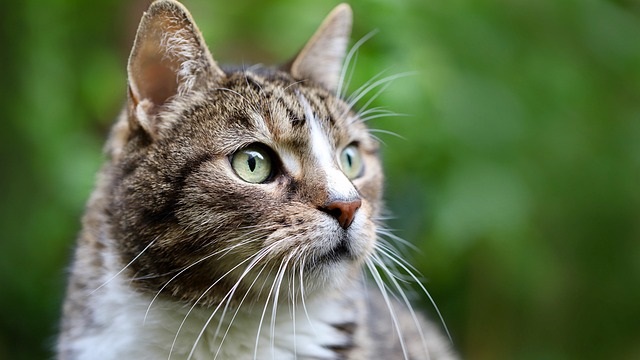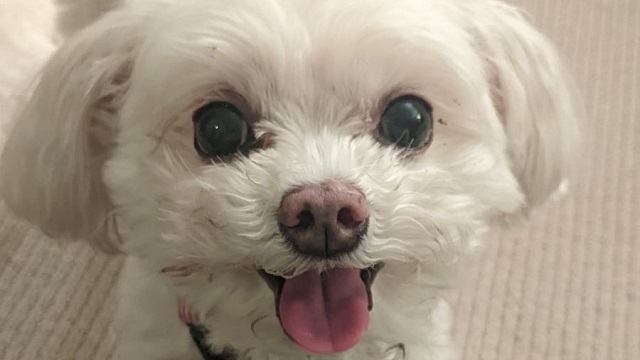Cheeto’s Story: Cat Anxiety Uncovered
Cat anxiety isn’t always easy to spot – and Cheeto’s story is proof of this. Unlike dogs, who might display more clear signs of restlessness, cat stress symptoms tend to be subtle. Pet owners often overlook the signs, like cat overgrooming, excessive licking, or changes in behavior, until something more serious emerges.
That’s exactly what happened with Cheeto, a six-year-old American Shorthair cat. His pet parent had noticed small but consistent changes: a bald patch on his tummy and a general sense that something was “off.” Still, their first vet visit—after a food elimination trial—ended with a familiar phrase: “Cats can be quirky.”
But Cheeto’s symptoms didn’t stop. His longtime companion Blu, another cat in the household, had begun to show more dominant behaviors. By 2020, the once peaceful bond between Blu and Cheeto changed. Blu started biting Cheeto’s neck and climbing on him—creating stress that Cheeto had no way to vocalize.
- Cat anxiety symptoms are often subtle and can go unnoticed by pet owners.
- Cheeto's anxiety escalated due to aggressive behavior from his companion, Blu.
- Monitoring tools like Maven helped detect health issues and validate treatments.
- Cheeto's case highlights the complexity of feline behavior problems and the need for proactive care.
A Slow Escalation
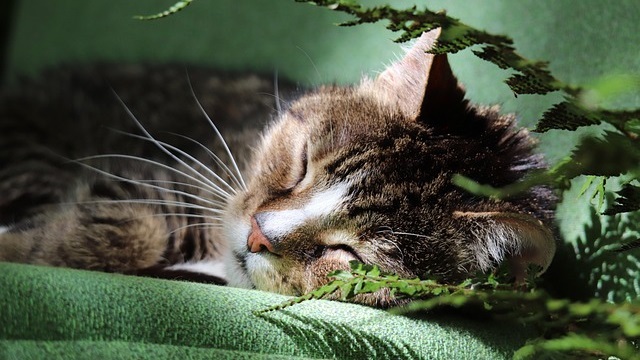
Cheeto had no chronic illnesses or medications and lived a stable, indoor life. Still, the changes became more visible. His tummy fur continued thinning as signs of distress increased, particularly due to excessive licking. Meanwhile, Blu’s attacks caused skin injuries, especially on Cheeto’s head. While these injuries were treated, new ones kept appearing.
Though working full-time made it harder to monitor their cats during the day, the pet parent was proactive. Several vet visits were made to treat the injuries and explore underlying causes. In mid-2024, Blu was prescribed anti-anxiety medication. His aggressive behavior improved—but not enough to solve all Cheeto’s problems.
By November 2024, the family introduced Maven Pet into the cat’s routine – and Cheeto’s story was about to take a turn. Around the same time, Cheeto was also prescribed Prozac to help manage his cat anxiety.
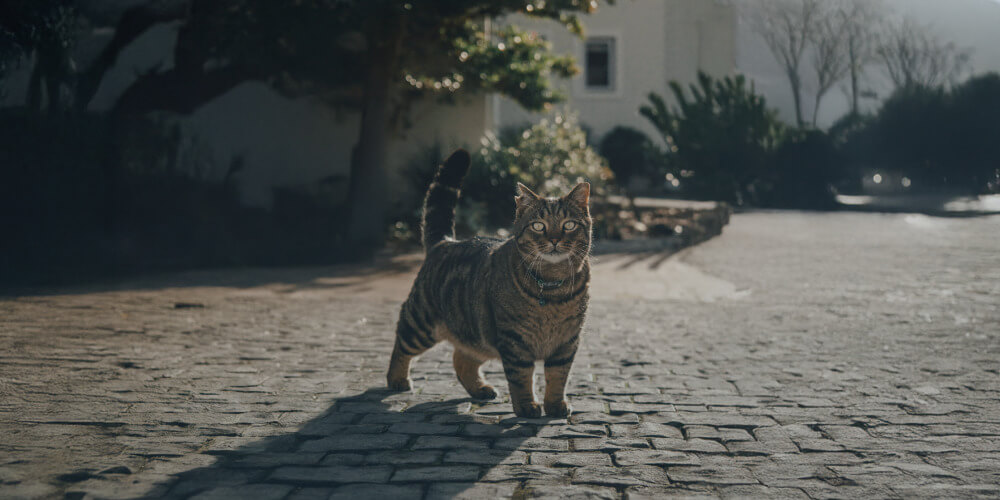
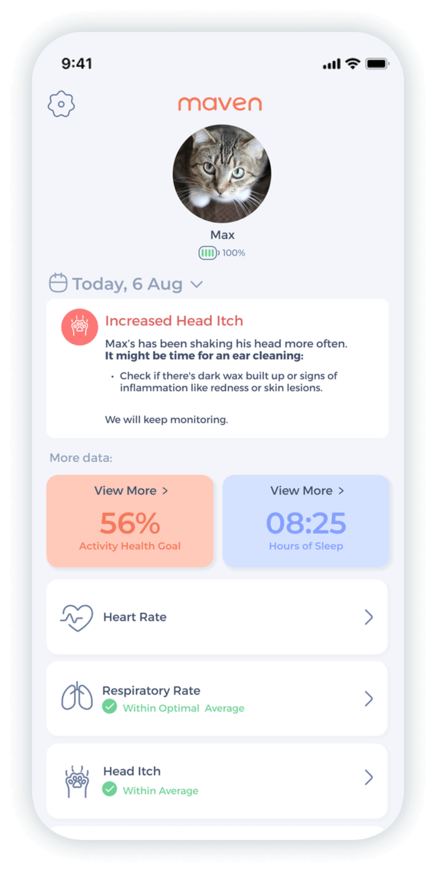
Monitor heart rate, respiratory rate, activity & rest, itch behavior.
The First Alert: Head Shaking on the Rise
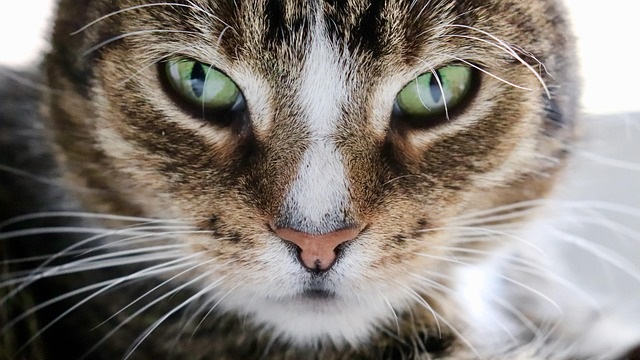
Shortly after setup, Maven detected an abnormal increase in Cheeto’s head shaking over three consecutive days. The data stood out from his baseline, prompting a Head Itch Alert.
Acting on the alert, the pet parent began treating the visible skin wounds with chlorhexidine wipes. This initial home care showed some improvement, and the behavior normalized briefly. But by December 2, head shaking had spiked again—this time more aggressively.
The alert led to a clinic visit, where the veterinarian diagnosed a secondary skin infection. Oral antibiotics were prescribed.
Real-Time Data Validated the Treatment
Just one day into antibiotic treatment, Cheeto’s behavior changed. Maven data confirmed that his head shaking returned to baseline, validating that the infection was improving. What wasn’t visible to the eye was confirmed by Maven’s sensor.
Looking Deeper: Anxiety and Cat Behavior Problems
Joana Babo, the veterinary expert who supported this case, noted that while some behaviors in cats may appear quirky, they can point to deeper issues.
Cheeto’s overgrooming—particularly his bald tummy—was likely a response to prolonged stress. The increased tension in his relationship with Blu and the repeated skin injuries caused by aggression were underlying triggers.
While the chlorhexidine addressed the physical wounds, and the antibiotic treated the infection, it was the anti-anxiety medication prescribed to both Blu and Cheeto that finally helped stabilize their behaviors.
A Layered Diagnosis, a Multi-Faceted Solution
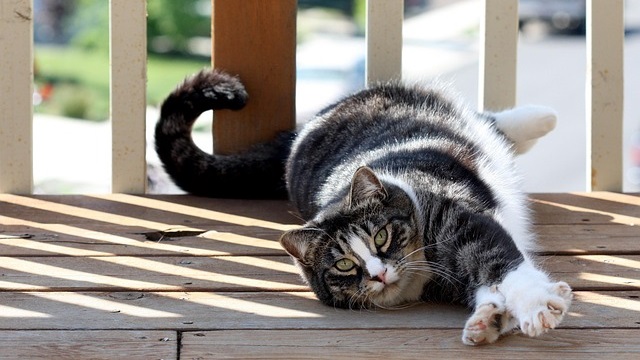
Cheeto’s case is an example of how behavior problems in cats are rarely the result of a single issue. His symptoms—overgrooming, excessive licking, and head scratching—were linked to both anxiety and injury. The skin lesions likely led to infection, which triggered the head shaking and scratching detected by Maven. Meanwhile, the overgrooming was rooted in high anxiety levels, a coping mechanism for his changing relationship with Blu.
This is a complexity that many pet parents face. Without clear signs, it’s easy to misread or delay action. But with tools like Maven, subtle changes in a cat’s behavior become visible and actionable.
“Every time Umi is hospitalized, it’s for like four days and it costs over $5,000… Maven has helped me not only save money but also save his life”
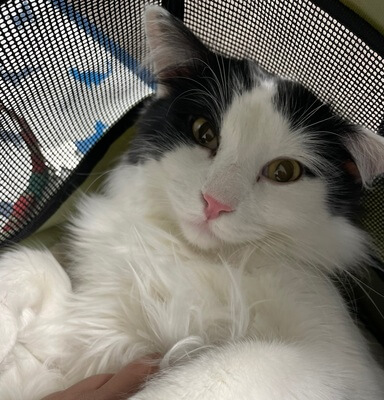
★★★★★
Jessica Ortiz
Umi
Final Takeaway
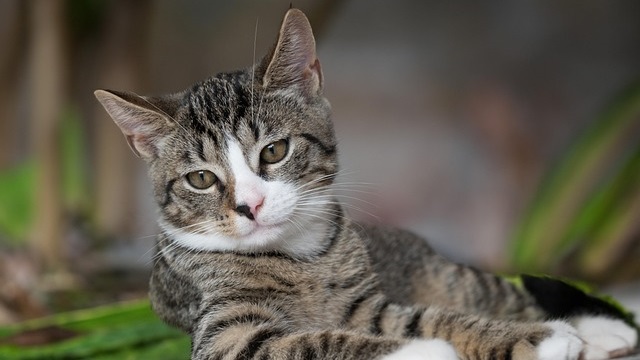
Cheeto’s story is a reminder that even indoor cats—who are actually more prone to stress and anxiety—can suffer from behavior and health challenges. Cat overgrooming, hair loss, and subtle shifts in a feline’s fur or demeanor may all point to something deeper.
Thanks to Maven, Cheeto’s pet parent was able to:
- Detect abnormal head shaking early
- Track the effectiveness of treatments over time
- Gain peace of mind by validating when his cat stress symptoms improved
Despite his struggle with cat anxiety, Cheeto’s story has a happy ending. Today, he’s calmer, with less scratching and a healthier coat. The fur on his tummy is slowly growing back. And his pet parent is no longer left guessing. They now have real-time support to navigate their cat’s wellbeing, one small sign at a time.
Maven Pet focuses on improving the quality of life of our pets with technology, using artificial intelligence (AI) to enable proactive pet care. By accurately collecting and monitoring pet data 24/7 and flagging any irregularities, Maven Pet empowers pet parents and veterinarians to stay ahead of potential health issues, ensuring the well-being and longevity of our beloved companions.

